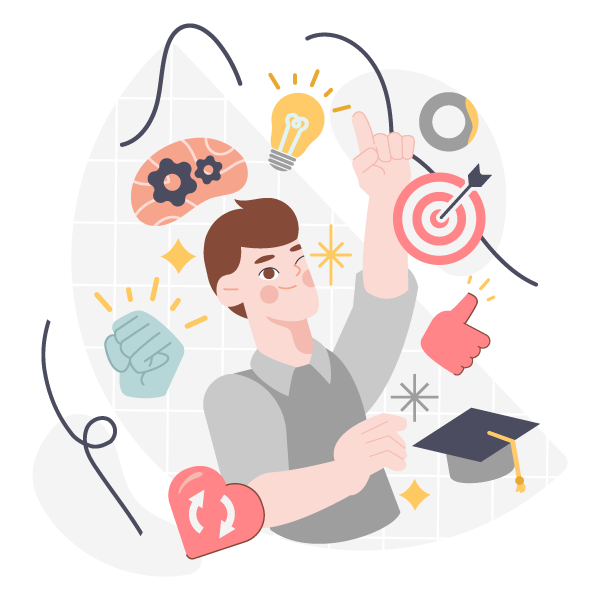A large sector of the population spends their days glued to screens – from covertly checking Facebook at work to watching TV with iPad in hand and playing the latest app before bed. And, when it comes to instructional design, your content is only as effective as the method of delivery. By planning the most effective platform for your content, you ensure that users focus on the message – not the messenger.
Traditional Platforms
Computer-based learning gives instructional designers the widest berth in making choices concerning delivery. And, since computer-based platforms are traditionally the best known for both developers and eLearners, there’s less of a learning curve in getting to know software, gaming and teaching devices and more time actually immersed in the material. Unfortunately, some computer-based delivery methods aren’t appropriate for mobile users, which means learners are chained to their desks.
Mobile Platforms
By making sure materials and courses are optimized for viewing on a smartphone or tablet, you create a more convenient learning atmosphere – which may contribute to better completion rates. Learners then have the opportunity to use the material anytime, anywhere, as well as allowing for easy modification and updated material added to the instructional design. That means everyone is up-to-date, even if mobile platforms don’t allow the same benefits as a computer-based one, such as heavy graphics and stylized design.
App-Based Platforms
If you really want to give learners a personalized experience, app-based platforms are on the rise. We’re talking application development, so it’s more involved than creating a Web-based series. Instead, creating an application specifically for a course, series or seminar means your learners can access the content anytime, anywhere, and sometimes even without an Internet connection. You get to create the specifics for the best and most individualized experience possible – but you’ll need the development chops to pull it off.





